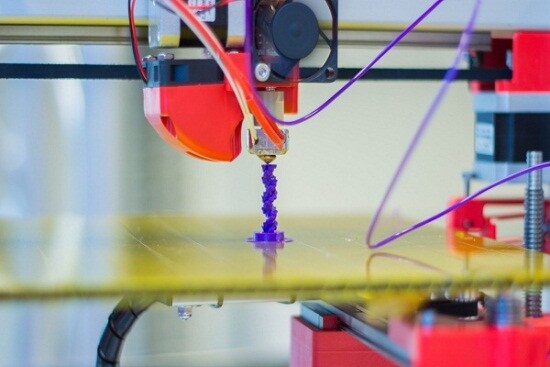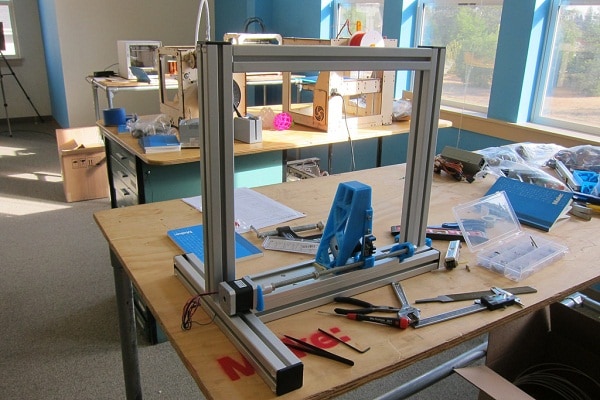Ford is presently trying to figure out whether the future of vehicles is going to be grown in a lab instead of being manufactured on the factory floor.
3D printing
They are conducting various experiments with 3D printers. They are testing various grades of metals, powders, plastics, etc. to see what can stand up to the rigors which Ford vehicles have faced all these years.
Ford's been using 3D printing for creating prototypes for more than 30 years now. Recently, research showed that the 3D materials could also be used for cars. This can upend the way in which cars are currently produced. Instead of building complex machines and needing specialized tooling for every part, one machine could build up an entire car. Wow!
That is a plus for 3D printing but not so much for all those machine and robot builders.
Focus shift
The automobile industry is currently undergoing a number of changes with most of the attention being focused on self-driving. Ford has spent $6.7 billion on this in 2015 alone. With a lot at stake, Ford is being methodical when it comes to researching this paradigm. And remember, Ford, like all companies in the private sector, cannot spend money it does not have like the federal government can.
They have four categories. The first one is fundamental research where they see if new materials, technology, or processes can be used. Then there's a second test where the theories are checked to see if they can hold up in a production vehicle. Then the ideas are put into production. There are a number of stages here; some things will come through, and others will fail to do so.
Ford recently shifted all of their self-driving projects into what they call 'advanced research project' stage. Here, projects go from mere theories into practice. Ford recently said that they wanted to have self-driving vehicles on the road by 2021.
There was an event on the 12th of September where Ford gave everyone a glimpse of how it would be to ride in their self-driving cars. While there are many operators who are trying to be the first on the road with this technology, Ford has no intention of releasing self-driving vehicles until they are ready for use. They are being scrupulous.
Who wants to be sued all day long if you put out a car that is not road and person tested?
The takeaway
Ford is the only automaker in the US who has a separate licensing arm for intellectual property. A lot of their projects find use in things that are unrelated to vehicles. While there are a number of research labs of Ford that will shape the company's future, they aren't the only place where research is encouraged or undertaken. They have a lab which all their employees can join at discounted rates called TechShop. So anyone with a passion for 3D printing can learn more about it.
Anyone in the company can table ideas and get them patented. It could be engineers, researchers, lawyers, and so on. If the idea is worth pursuing, the company will ensure they get the patent. Apart from patents, Ford also sees value in ideas. They are willing to help employees turn them into a reality.
This initiative has helped triple the number of inventions produced by the company since the beginning of 2012. In 2015, Ford's employees submitted more than 6,000 ideas to be considered. The company even started a number of innovational challenges.
Ford’s winning innovational model
The winning design was from somebody who spent his days designing F-150 trucks. The company is currently working on their second challenge. Ford hasn't offered any information on it but hints that it ties into the urban mobility aspirations of the company. Ford has received more than 600 applications already.






